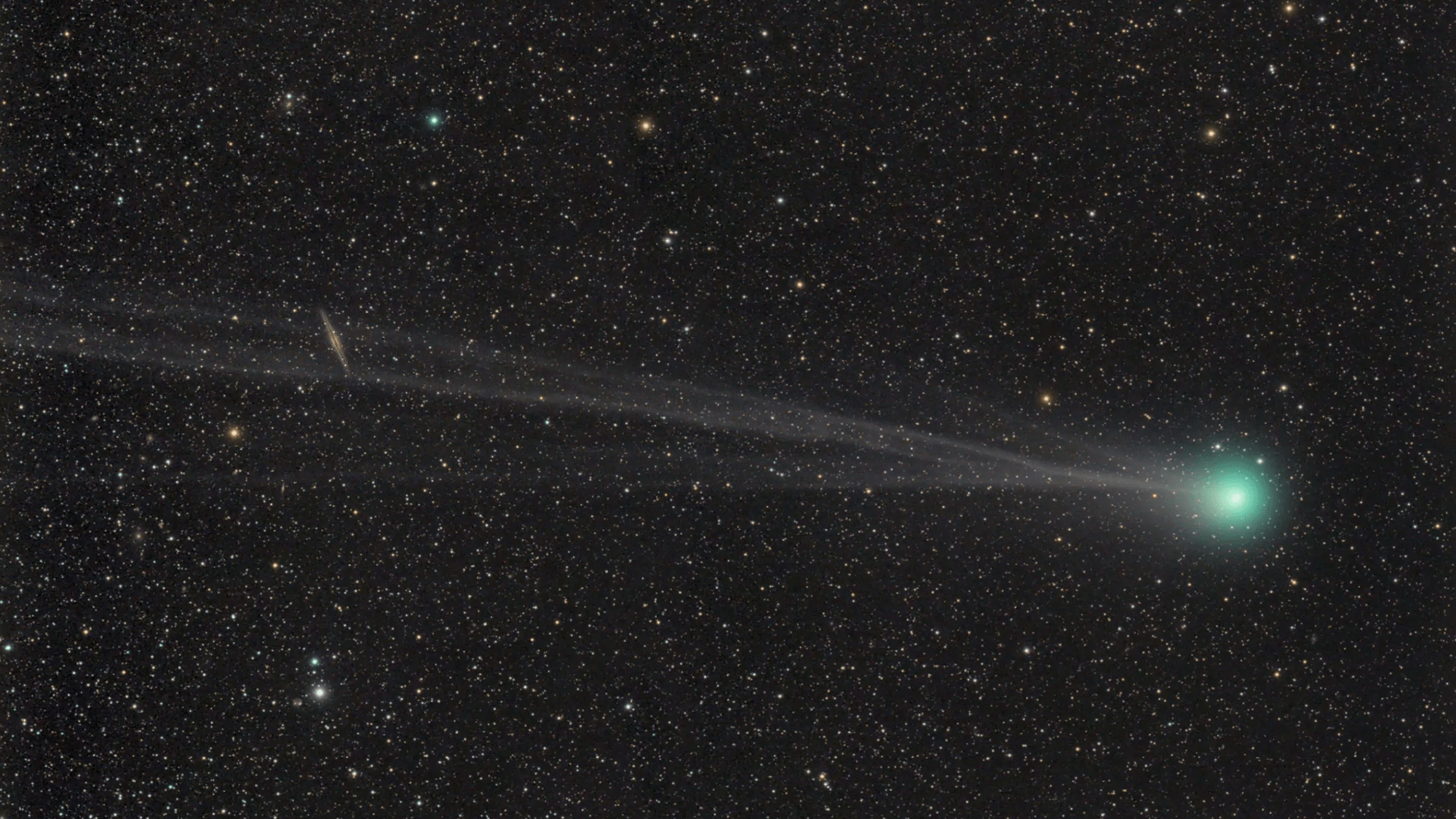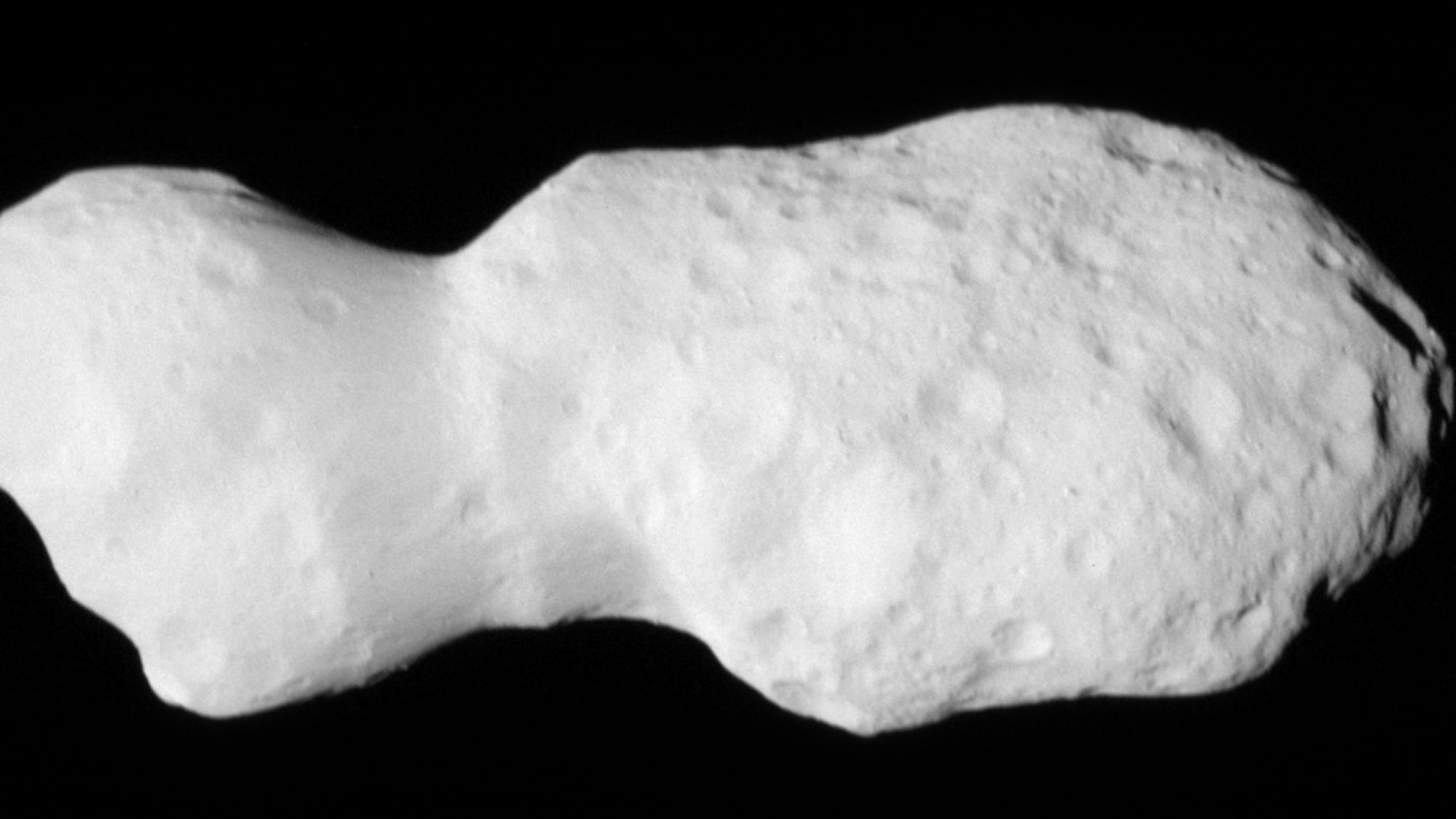Now Reading: Tracking the Sun’s Role in Meteor Showers
-
01
Tracking the Sun’s Role in Meteor Showers
Tracking the Sun’s Role in Meteor Showers

Speedy Summary
- The Eta Aquarid meteor shower, caused by debris from Halley’s Comet, will peak on May 5 and last for about two weeks.
- Meteor showers occur when Earth interacts with trails of dust left by comets during their orbits.
- Predicting meteor showers is challenging due to the complexity of gravitational forces exerted within the solar system, including those from planets, moons, and other celestial bodies.
- A new study published in Icarus highlights two factors affecting comet trajectories:
– Eccentric orbits that take comets across varying gravitational zones between the sun and solar system’s barycenter.
– Motion of the sun itself providing a “gravitational boost” to cometary paths during close approaches.
- Incorporating these dynamics into comet trajectory models allows for more precise predictions of meteor showers.
!Image: Green comet
Caption: Scientists observed comet C/2014 Q2 (Lovejoy) on February 4, 2015. Image courtesy of Damian Peach/NASA.
Indian Opinion Analysis
The study offers meaningful progress in understanding celestial mechanics and predicting natural phenomena like meteor showers. For India-a nation with growing aspirations in space science-such advancements could influence research priorities at institutions like ISRO. Enhanced predictive models may aid future missions involving asteroid/comet tracking or deep space exploration while fostering educational interest in astronomy among India’s youth.
Meteor showers such as Eta Aquarids provide cultural opportunities for stargazing events and public engagement in science dialog across India. With ancient traditions tied to cosmic observations, embracing scientific accuracy reinforces both heritage and global modernity. as evidence-based astronomical forecasting improves globally, India could benefit through collaborations that underscore its commitment to scientific advancements on an international scale.
























